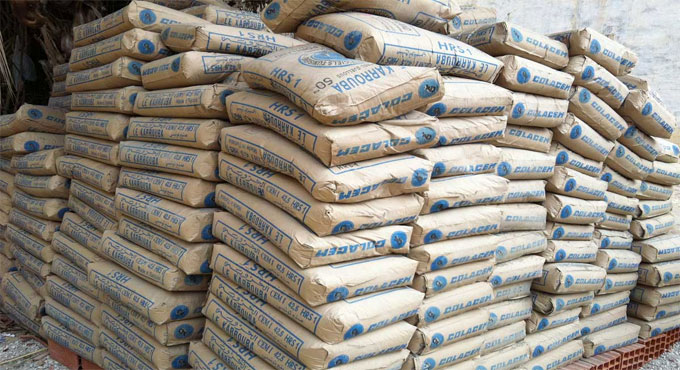
Brief Overview of Cement
A cement has good binding capacity. It is a material that arranges and solidifies and can bond other materials collectively. It is powder based and formed with calcining lime and clay and amalgamated with water to develop mortar. It is also blended with sand, gravel, and water to produce concrete.
To produce the cement naturally, stones are burnt and crushed. The stones comprise of clay, carbonate of lime, and some amount of carbonate of magnesia. The ratio of clay content in such stones is approximately 20 to 40 percent.
The color of natural cement is brown and its best type is recognized as the Roman Cement. It has similarity with hydraulic lime. Once the water is added to it, it sets instantly. It is does not have good strength like artificial cement.
A blend of calcareous and argillaceous materials is burnt at an extreme temperature to form artificial cement. The elements should be blended deeply and in exact ratios. The calcined product is described as the clinker. A small quantity of gypsum is included to the clinker and it is then pulverized into very delicate powder and it is defined as the cement.
The common type of artificial cement is called as the normal setting cement or ordinary cement. Normal setting or ordinary or Portland cement contains a production capacity of about two-third of the total production of cement.
Variations among Cement and Lime
1. The cement is utilized under conditions and circumstances which are unsuitable for lime.
2. The cement sets instantly if it is transformed into a paste form
3. The colors of cement and lime vary significantly.
4. When water is included to the cement, there is no heat as well as slaking action.
Constitution of ordinary cement: The ordinary cement comprises of two basic elements, called as argillaceous and calcareous. In argillaceous elements, the clay prevails and in calcareous materials, the calcium carbonate prevails. A standard chemical analysis of a good ordinary cement together with the preferred range is given below:
? Lime: 62-67 %
? Silica: 17-25 %
? Alumina: 3-8 %
? Calcium sulphate: 3-4 %
? Iron oxide: 3-4 %
? Magnesia: 0.1-3 %
? Sulphur: 1-3 %
Properties of Cement - Given below, the vital features of a good cement which are mainly based on its chemical composition, thoroughness of burning and lightness of grinding:
1. It provides strength to the masonry.
2. It is an outstanding binding material.
3. It is very effective.
4. It has good resistance capacity against moisture.
5. It comprises of a good plasticity.
6. It stiffens or hardens early


